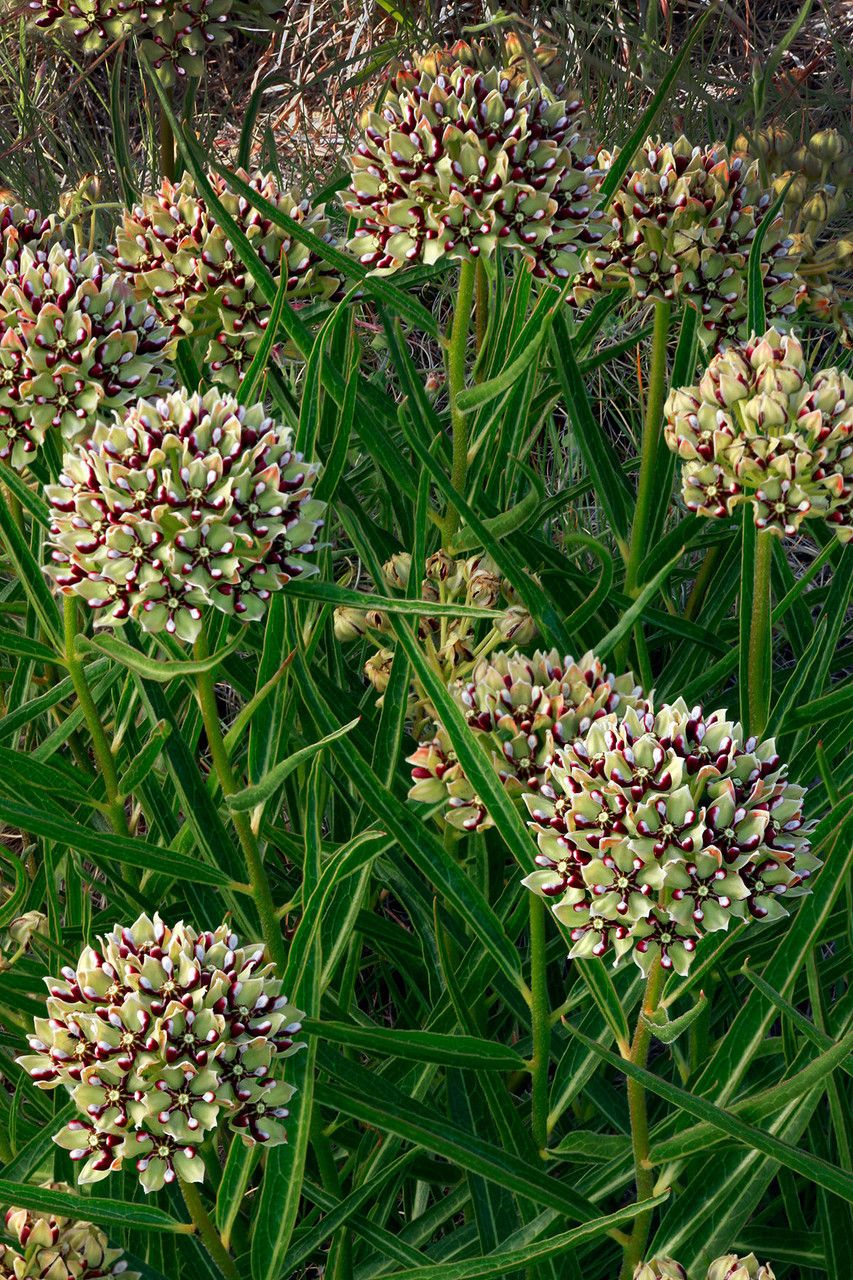## Common Bird's-Foot Trefoil: A Charming Wildflower
The Common Bird's-Foot Trefoil ( *Lotus corniculatus*) is a captivating wildflower belonging to the Fabaceae family, renowned for its vibrant yellow flowers and delicate, bird's-foot-shaped leaves. This hardy plant is a valuable addition to meadows, gardens, and even neglected areas, offering a splash of color and ecological benefits. Its widespread distribution across various continents speaks to its adaptability and resilience.
### Habitat and Growth
Common Bird's-Foot Trefoil thrives in a range of habitats, demonstrating its versatility. It's commonly found in meadows, pastures, roadsides, and open woodlands. It prefers well-drained soils, tolerating both dry and moist conditions. This sun-loving plant flourishes in full sun but can also tolerate partial shade. Its sprawling habit makes it an excellent ground cover, effectively preventing soil erosion.
### Identification and Characteristics
Identifying Common Bird's-Foot Trefoil is relatively straightforward. Look for its distinctive five-petaled yellow flowers, often with orange hues at the base. The leaves are palmate, composed of five leaflets arranged like a bird's foot, giving the plant its common name. The stems are slender and sprawling, creating a low-lying mat of foliage. The plant produces small, cylindrical seed pods that are important for its propagation.
### Cultivation and Care
Growing Common Bird's-Foot Trefoil is remarkably easy, making it a perfect choice for beginners and experienced gardeners alike. It requires minimal maintenance and is highly tolerant of neglect. While it prefers well-drained soil, it can tolerate a range of soil types. Sow seeds directly into the prepared soil in spring or autumn. Ensure adequate spacing to allow for the plant's spreading growth. Regular watering is important during establishment, but once mature, it becomes drought-tolerant.
### Ecological Importance
Beyond its aesthetic appeal, Common Bird's-Foot Trefoil plays a vital role in the ecosystem. As a legume, it enriches the soil by fixing nitrogen, making it a valuable component in sustainable gardening and land management practices. It provides food and habitat for various pollinators, including bees and butterflies, contributing to biodiversity. Its robust root system also aids in soil stabilization, reducing erosion.
### Potential Uses
Common Bird's-Foot Trefoil isn't just a pretty face; it also boasts several practical uses. Historically, it has been used as forage for livestock, prized for its nutritional value. Its ability to thrive in challenging conditions makes it suitable for erosion control and habitat restoration projects. Some also utilize it in herbal remedies, though always consult with a professional before using any plant for medicinal purposes.
### Potential Challenges
While generally easy to manage, Common Bird's-Foot Trefoil can become somewhat aggressive in ideal conditions, potentially outcompeting native vegetation. Therefore, monitoring its spread is important, especially in sensitive ecosystems. Infestations can be managed through controlled grazing or physical removal.
This charming and versatile wildflower is a worthwhile addition to any garden or landscape. Its ease of cultivation, environmental benefits, and attractive appearance make it a truly valuable plant.
Common Bird's-Foot Trefoil: Guide & Care

Frequently Asked Questions
How to grow Common Bird's-Foot Trefoil?
Sow seeds directly into well-drained soil in spring or autumn. Ensure adequate spacing and water regularly until established. It prefers full sun but tolerates partial shade.
Is Common Bird's-Foot Trefoil invasive?
While not typically considered highly invasive, it can become aggressive in ideal conditions, potentially outcompeting native plants. Monitoring its spread is recommended.


